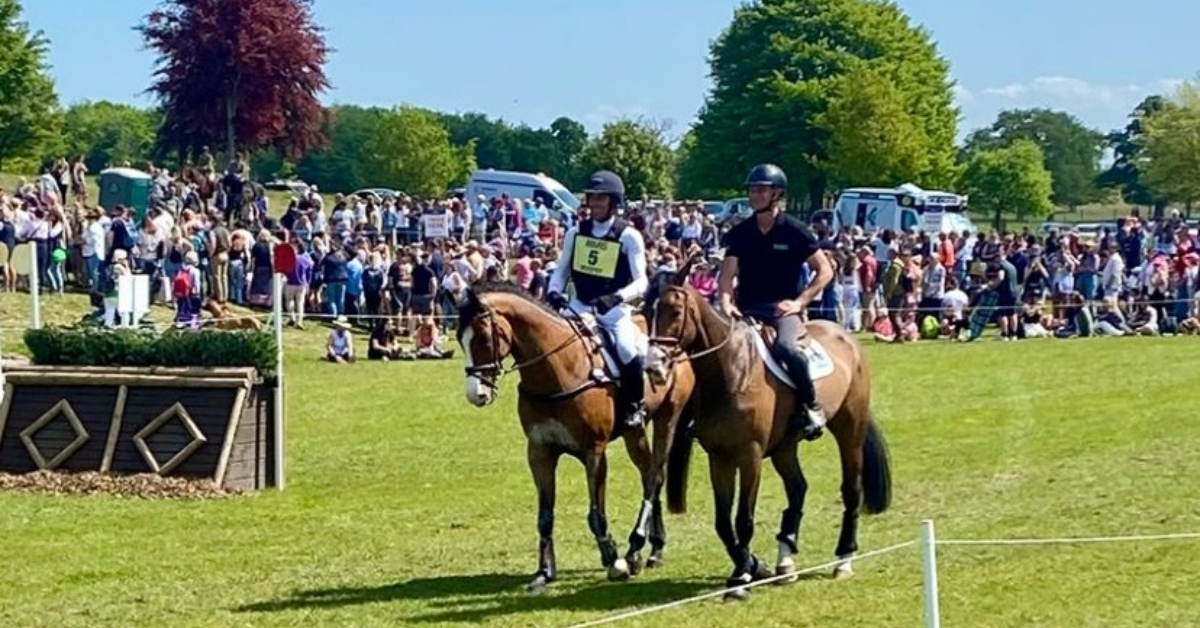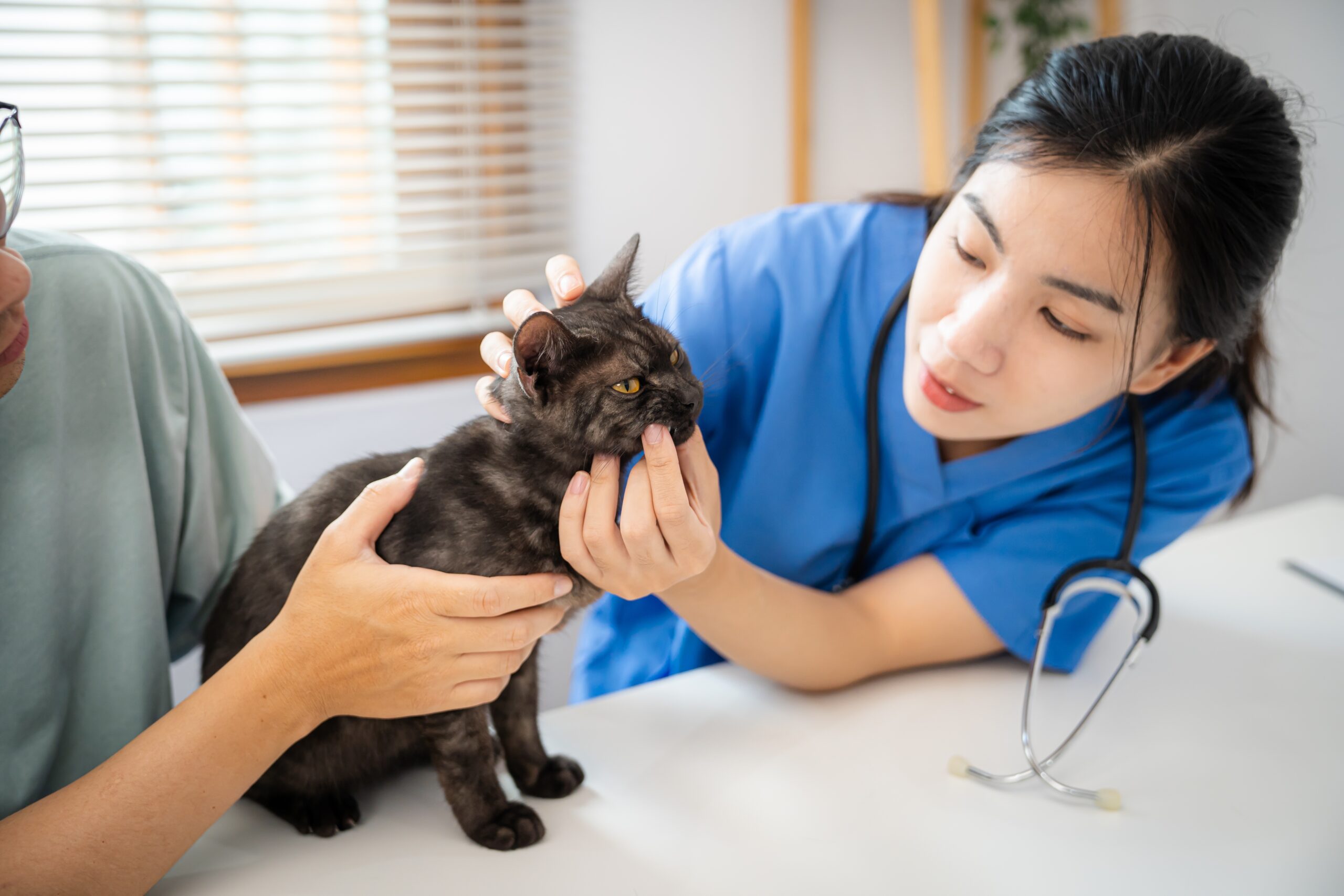You have probably used Cryotherapy on your horse before without knowing it. Have you ever cold hosed a leg to bring down swelling? That’s Cryotherapy! To put it in simple terms, Cryotherapy is the use of cold temperatures for therapeutic effect. Horses are able to withstand near freezing temperatures without any damage to the skin, whereas in humans, being exposed to such temperatures for a period of time would cause frostbite and other complications.
When tissue becomes damaged e.g. tendon, ligament injury, muscle tear etc. the injury cycle commences. Blood vessels rupture, sometimes can be seen in visible bruising or haematoma. The damaged cells release fluid and blood flow increases at the site. This response also triggers the secretion of prostaglandins, the hormone responsible for pain. Although we don’t want our horses to be uncomfortable, pain is an important element in the injury cycle that should not be overlooked. Pain is the bodies natural way of protecting itself from further damage. If we break our leg, we stop running because the pain is too great. Imagine if we felt no pain and continued to run. Pain can potentially prevent your horse from further injury. We can however, manage pain using Cryotherapy. When using Cryotherapy three main things occur; Analgesia, Hypometabolism, Vasoconstriction.
Analgesia
The word literally means ‘pain relief’. Cold temperatures decrease the speed in which electrical impulses are sent to the central nervous system in the body. Essentially, desensitises the body from pain to the injured site.
Hypometabolism
When cold temperatures are applied, this slows down the metabolic rate to the injured cells.
Vasoconstriction
This is the narrowing of the blood vessels. When there is an injury, blood vessels rupture, causing bleeding. We want to reduce the amount of bleeding to increase healing rates. If sufficient Vasoconstriction does not occur in the acute stages of injury, it can result in the build up of fluid (Oedema).
Cryotherapy is most effective when applied within the first 36 hours of the injury occuring. Any bleeding or swelling, needs to be constricted to avoid any further damage to surrounding tissues. So, the aim of the game is to act fast and get temperatures down as quickly as possible. Cold hosing is probably the most accessible to everyone, as everyone has a garden house with running water at home. However, it can be a long and tedious process standing and holding a hose over a horses leg for long periods. How can we make Cryotherapy more effective and user friendly?
Hydrotherapy
Hydrotherapy is defined by the use of water for therapeutic effect and the treatment of medical conditions. Cryotherapy & Hydrotherapy go hand in hand. Equine Spa and Water treadmills are very useful rehabilitation tools that carry many therapeutic benefits. Apart from the Cryotherapy effects they often contain salt water, which in itself have therapeutic benefits for wounds, lacerations, skin allergies etc. Hydrotherapy is a drug free treatment so it can be done during the competition season. Generally, static spas would be used in the early stages of rehab and when a vet gives the all clear to do controlled exercise, a water treadmill could be introduced. This way, you are encouraging movement, maintaining some flexibility, muscle tone and fitness. When the horse is eventually cleared to return to work, this will reduce your risk of re-injury.
At home therapy products
There are many products on the market that claim to have therapeutic effects. Products described as ‘ice’ or ‘cooling’ boots sound very attractive but before you buy, do your research and find out if they are scientifically researched or veterinary approved. Celebrity endorsements does not mean scientifically proven! If used in the wrong way, it may actually do more damage than good. The biggest restriction with cooling boots is keeping them cold for as long as possible. Realistically, a Cryotherapy boot that has been frozen or chilled will only be good for a maximum of 2 hours or so. After that, they are brought back to room temperature. Cryotherapy guns combat this issue by being directly connected to a canister of CO2, delivering up to -70C to the injured area instantly. The surface temperature of the skin is dropped very quickly, maximizing the benefits of Cryotherapy for acute stage injuries.
Always refer to your Vet before applying therapeutic products at home.
Photo credits: Irish Equine Rehabilitation & Fitness Centre. HRH Princess Anne visiting the centre.


Share
Your subscription is 100% Free for our first year, No credit card details required.

The Judging Concerns That Keep Coming Back — And Why They Can’t Be Ignored Anymore We didn’t make it to

There are few sporting events that live up to the hype. Wimbledon? Too many strawberries. Cheltenham? Too many suits. But

British Veterinary Association publishes full response to Competition and Markets Authority’s proposed remedies for veterinary market for household pets. The